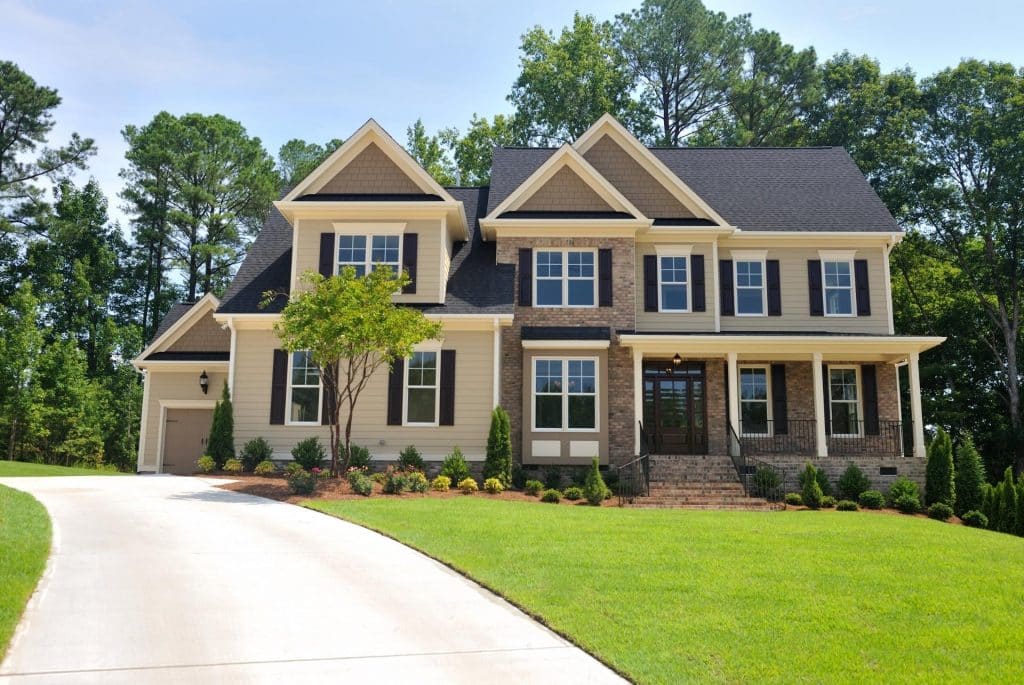Why Inspections are Crucial for Stucco Homes
Stucco has been a popular siding material for houses, particularly in regions influenced by Spanish and Mediterranean architecture. Its unique appearance and fire resistance, including a one-hour firewall rating, make it a preferred choice. However, like all construction materials, stucco requires proper inspection to maintain its quality. This article will explore the reasons why stucco houses need inspections and what the process involves.
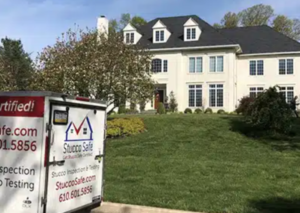
Composition of Stucco
Traditional stucco is a cement type mixture made of sand, Portland cement, lime, and water. Modern stucco, on the other hand, includes acrylic additives that provide increased flexibility. The stucco application process usually involves three layers:
Scratch Coat: The base layer applied over metal lath attached to the exterior walls, provides a rough surface for bonding.
Brown Coat: This coat adds to the wall’s structural strength.
Finish Coat: The outermost layer, which provides the texture, including options like pebble dash.
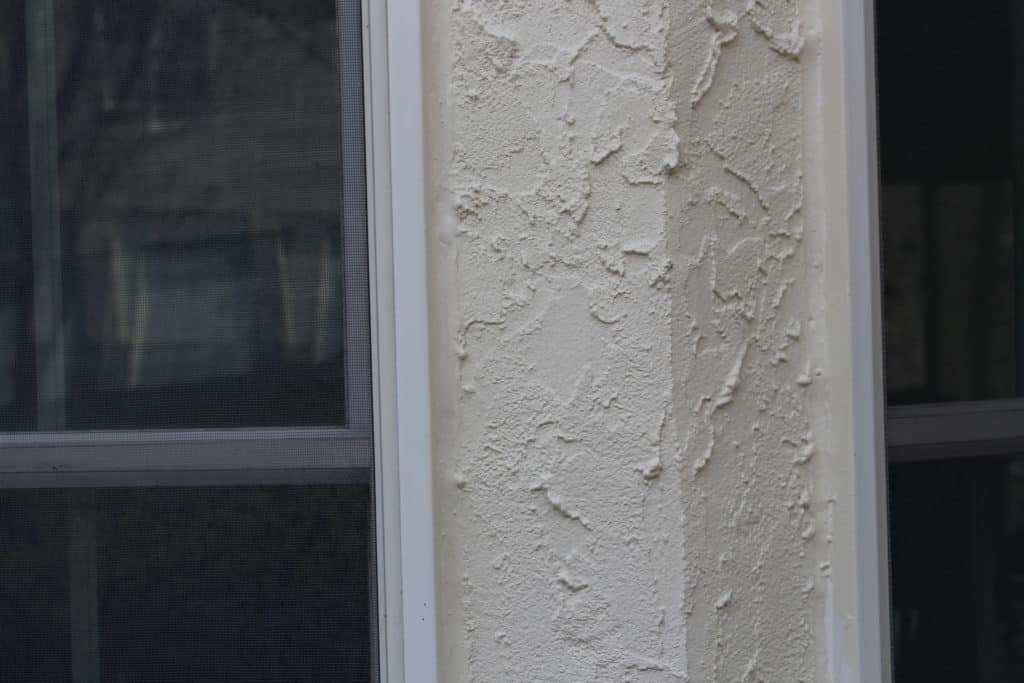
Some stucco systems also incorporate a rigid foam board as a base coat, enhancing insulation.
Reasons for Inspection
Stucco Systems Tend to Leak
Stucco inspections are crucial to prevent the structure of your house from rotting since stucco systems are commonly prone to leaks.
Aesthetic Appeal
Stucco homes are admired for their refined application techniques and architectural details. Over time, the stucco finish may develop hairline cracks, losing its definitive feature and curb appeal. Regular inspections ensure the stucco exterior remains well maintained.
Structural Integrity
Hairline cracks can lead to moisture damage inside the walls. Applying paint to small cracks can temporarily remedy this, but underlying issues may persist. Inspections can detect these problems early.
Adherence to Standards
Professional installation must comply with local regulations, including proper bonding adhesive, application process, and the use of specific materials like asphalt-infused paper.
Maintenance
Stucco requires regular maintenance to keep its appearance. This might include using a medium bristle brush and garden hose to remove dirt. Inspections can guide proper maintenance and repair routines.

Inspection Process
The process of an inspection depends on the type of inspection you are having done to your home. The two types of stucco inspections include invasive inspections and visual (non-invasive) inspections.
Visual (non-invasive) Inspection:
The initial phase in evaluating the state of exterior stucco is a visual inspection. This examination entails a detailed scrutiny of the stucco siding to identify observable flaws such as cracks, incorrectly fitted contraction joints, or indications of dampness. Typically, an inspector will assess the caulk joints’ status. While many homeowners choose to paint over stucco, peeling or bubbling paint may be a sign of underlying moisture issues.
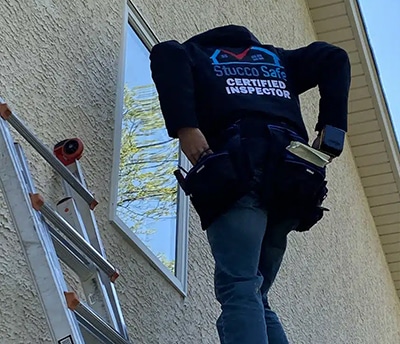
Painted surfaces can also become breeding grounds for mold if moisture is present. Should any of these issues arise during the visual inspection, it may prompt the need for more in-depth, invasive inspection techniques or immediate remediation and repair of the stucco.
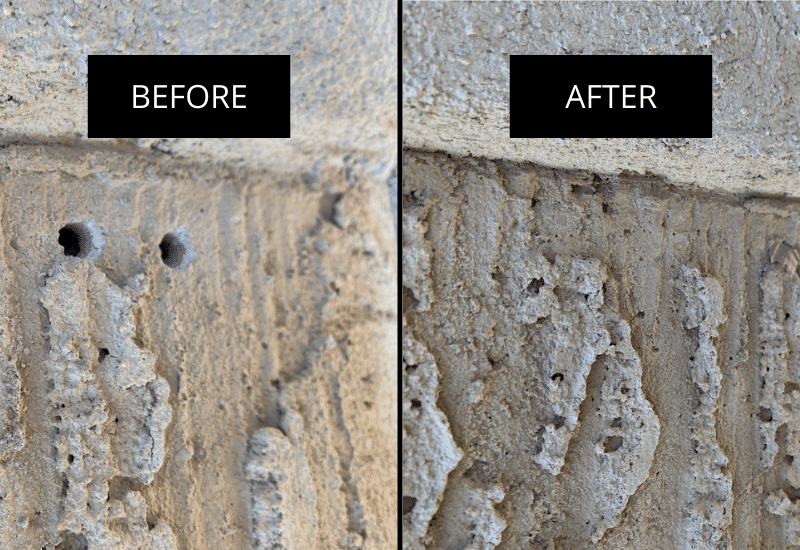
Invasive Inspection:
An invasive inspection delves deeper, employing specialized techniques like utilizing a moisture probe to gauge the moisture content inside the walls. Unlike surface-level assessments, this form of stucco evaluation can unearth hidden problems, such as damage to the underlying wood caused by dampness.
During a professional invasive stucco inspection, the stucco siding’s state is critically examined, with moisture readings taken to ascertain the moisture levels in the inner layers. It’s not uncommon for stucco inspection specialists to advise this approach for aging properties or those constructed with stucco methods known to frequently exhibit issues. Though the procedure may require the drilling of minor holes in the stucco siding for moisture measurement, these openings are typically insignificant and readily fixable.
These steps may vary as the application process depends on the type of stucco used, including traditional or modern variations. Click here to find out how often stucco should be inspected.
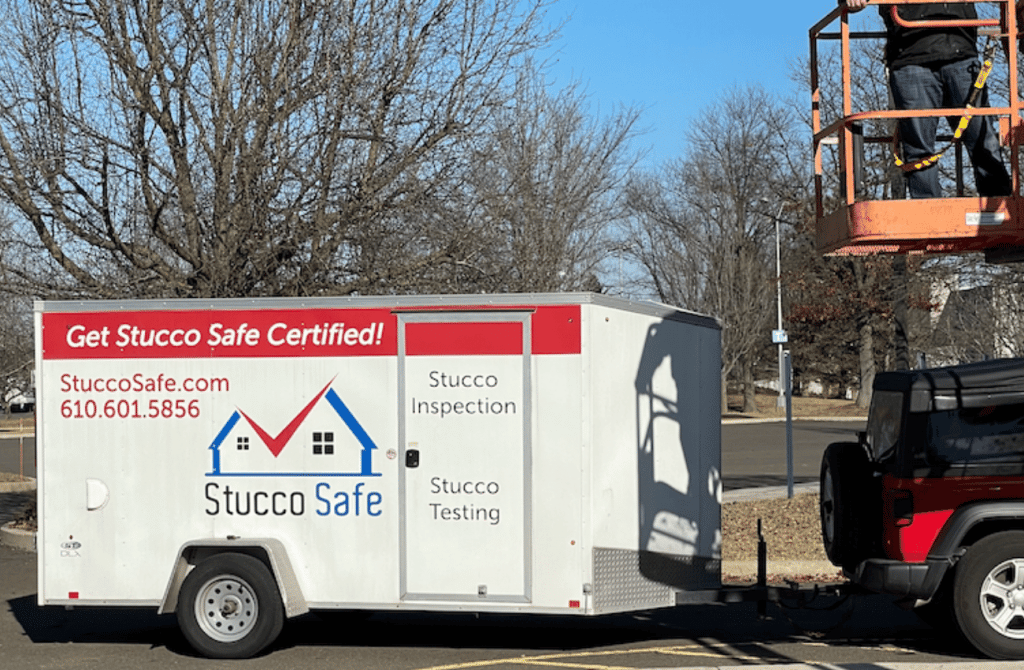
Stucco, a time-consuming but low-cost alternative to other house siding options, is a significant choice for homeowners. Inspections are essential to ensure that the stucco exterior, from the scratch coat to finish coat, is in top condition. Call Stucco Safe now for a free consult.
From aesthetic reasons to structural concerns, an inspection can reveal issues like cracks, wear, and detachment, facilitating timely repairs. Whether for a house with stucco siding or one with specific architectural details, a professional inspection guarantees that the walls remain robust, and the exterior well-maintained, preserving the low cost and low-maintenance benefits that make stucco a preferred siding material in many houses.

